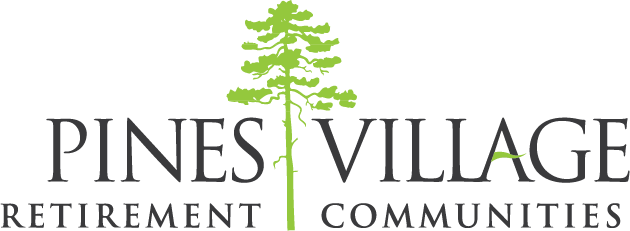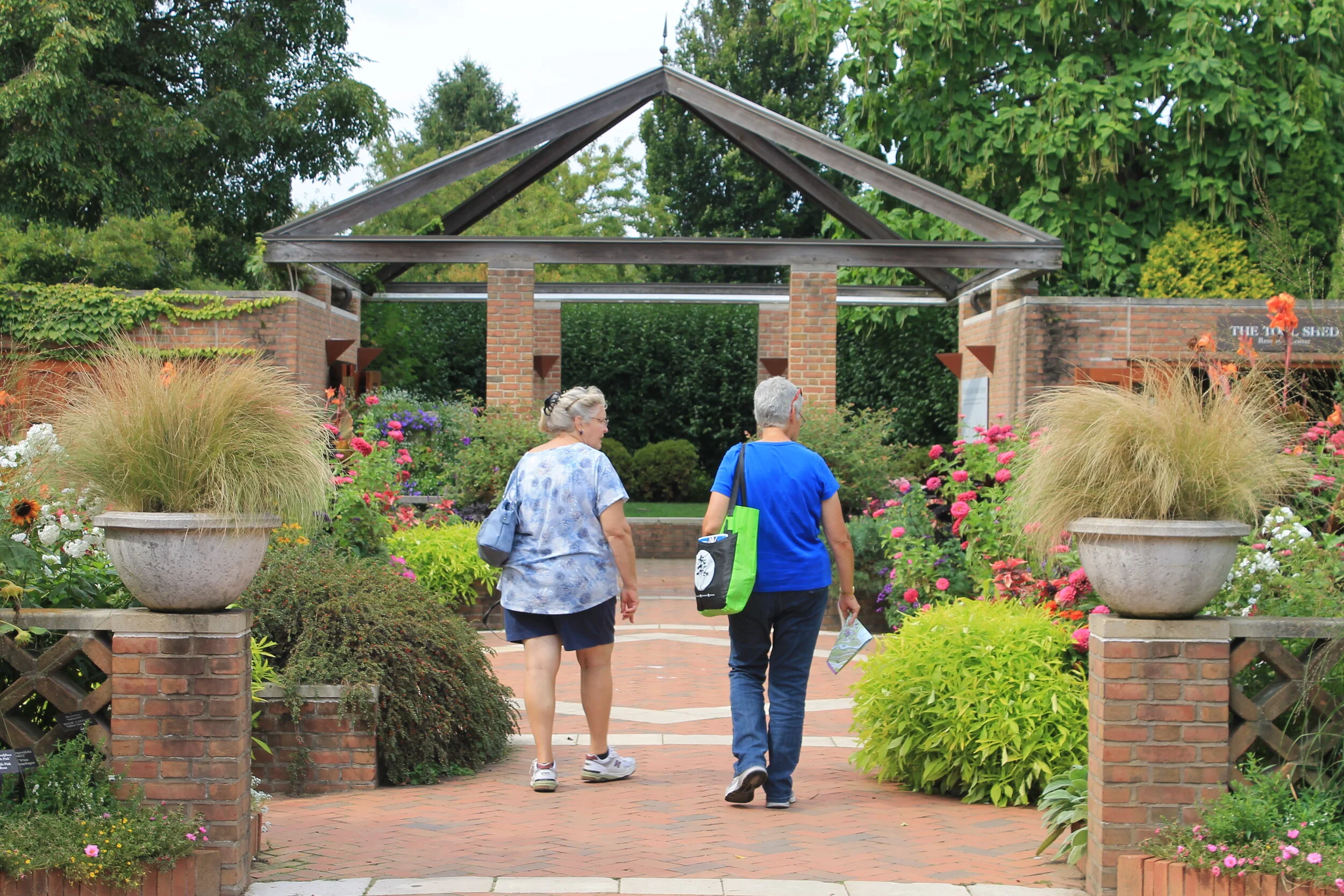The holiday season is a time of joy and celebration, but it can also bring about stress and challenges, especially for seniors. As we gather with our loved ones and indulge in delicious meals, it's important to prioritize the health and well-being of our older family members. In this article, we will explore some valuable tips to help seniors stay healthy, manage stress, and experience the holiday season to the fullest.
1. Prioritize Healthy Choices
During the holidays, it's easy to be tempted by rich and indulgent meals. While it's important to savor the flavors of the season, it's equally crucial to make healthy choices. Encourage seniors to plan their meals with consideration for other holiday events. For instance, if a big dinner is planned for New Year's Eve, opt for a lighter lunch of salad or soup. Moderation is key – you don't want to deny anyone their favorite holiday treats, but you also want to ensure they don't overindulge.
Staying hydrated is another vital aspect of staying healthy during the holidays. Seniors, in particular, should drink plenty of fluids as dehydration can lead to hospitalization. Make it easy for them to stay hydrated by having water easily accessible at home and keeping bottled water in their bag when running errands.
2. Follow Dietary Restrictions
Some seniors have dietary restrictions that they must adhere to, such as a low-sodium diet. It can be challenging to stick to these diets during busy and stressful times, especially if there aren't many healthy options available. Stress often leads to overeating and deviating from established dietary guidelines. To make it easier for seniors to follow their dietary restrictions, keep healthy options like fresh-cut vegetables and fruits readily available.
3. Moderate Alcohol Consumption
While it's common to celebrate with alcoholic beverages during the holidays, it's essential to remind seniors to drink in moderation. Drinking excessively can impair bodily functions, and for some seniors, alcohol consumption can have adverse side effects when combined with certain medications. Consider offering fun and alcohol-free drinks so everyone can enjoy the festivities without compromising their health.
4. Stay Active
The holiday season often coincides with cold weather and snow in many parts of the country. However, it's crucial for seniors to maintain their exercise routines. Encourage them to bundle up and go for walks around the block if the sidewalks are dry. If the weather is not suitable for outdoor activities, suggest a trip to an indoor shopping mall where they can walk a few laps while window-shopping. Staying active not only helps with physical health but also contributes to mental well-being.
5. Manage Stress and Rest
The holidays can be a stressful time for everyone, including seniors. It's important to prioritize self-care and stress management during this season. Encourage them to take breaks and rest when needed. If you're planning a full-day outing, make sure to include time for relaxation or a short nap. Practicing mindfulness techniques like deep breathing, meditation, or simply enjoying a cup of tea can help alleviate stress and promote a sense of calm.
6. Embrace New Traditions and Adaptations
As time goes on, traditions and activities may change due to various factors. Seniors may feel a sense of loss or sadness when beloved traditions are altered or discontinued. Help them embrace new traditions and find joy in the present moment. If an older relative typically hosts a big holiday meal but is unable to do so anymore, consider passing the torch to younger family members. Alternatively, suggest that younger family members volunteer to clean or prepare part of the meal to alleviate stress and make the holiday celebration a collaborative effort.
7. Combat Loneliness and Isolation
The holidays can be particularly challenging for seniors who may feel a sense of loneliness or isolation. They may miss friends or family members who have passed away or moved away. To combat these feelings, it's important to prioritize social interaction and engagement. Check in with older loved ones early in the season to understand their expectations and feelings. Plan family activities that include them and make them feel valued and included. Encourage them to join local community organizations or engage in hobbies that interest them. Staying connected and active within their communities can help alleviate feelings of abandonment and enhance overall mental well-being.
8. Ensure a Safe and Accessible Environment
If older relatives are visiting your home for the holidays, it's crucial to ensure that your home is safe and accessible for them. Be mindful of any potential hazards, such as area rugs that could cause trips or falls. Consider accommodating them on the first floor if possible, or provide a room close to the bathroom to minimize discomfort. Install nightlights in hallways to prevent accidents in the dark. By creating a safe and accessible environment, you can help seniors feel more at ease and enjoy the holiday season without unnecessary worries.
9. Seek Professional Help if Needed
If you've tried various strategies to improve the mental well-being of your senior loved one during the holidays, but they still exhibit signs of depression or anxiety, it may be necessary to seek professional help. Don't hesitate to explore mental health resources and services available in your area. Professional counseling can provide valuable support and guidance for seniors who may be struggling emotionally during this time.
10. The Benefits of Senior Living Communities
Consider the benefits of senior living communities for older adults who may be living alone. These communities offer opportunities for socialization and engagement with peers. They provide a safe and supportive environment where seniors can connect with others who share similar experiences and interests. Senior living communities often organize regular social activities and events, which can greatly enhance mental well-being, not just during the holidays but throughout the year. If you or your senior loved one is considering a move to a retirement community, explore options that align with their preferences and needs.
In conclusion, taking care of the mental and physical well-being of seniors during the holidays is crucial. By adopting healthy habits, managing stress, embracing new traditions, and ensuring social engagement, seniors can enjoy this special time of year to the fullest. Remember, small gestures and acts of kindness can go a long way in making seniors feel loved, valued, and included. Let's make the holidays a joyful and fulfilling experience for every generation in our families.
Pines Village Retirement Communities, Inc. is a nonprofit senior living community in Valparaiso, Indiana, with two campuses: Pines Village and Meridian Woods. The Pines Village campus offers pet-friendly independent living apartments with the option to add assistive services à la carte or in packages. The Meridian Woods campus consists of maintenance-free paired homes and the Meridian Woods Community Center, which hosts events and acts as a meeting space for residents and local nonprofits.
At Pines Village, we celebrate life by enriching the lives of older adults. We pride ourselves on our culture, which is driven by a passion for serving the residents, visitors, and staff of Pines Village as well as the greater Valparaiso community. Explore our senior apartment availability, learn more about our assisted living options, or contact us with any questions today!






